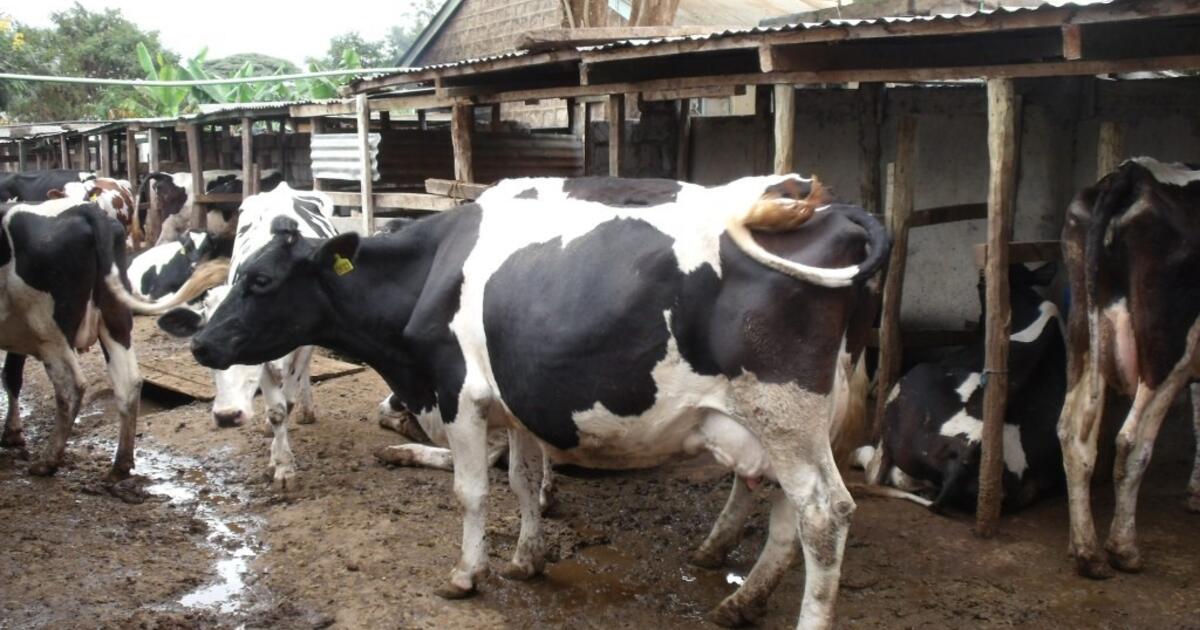Kenya shifts capital into livestock modernisation
Kenya’s livestock genetics reform signals a shift toward productivity-led agriculture, reshaping margins for agribusiness players and multinationals such as ULVR and NESN as the country aims to cut food imports and expand export capacity.

Kenya’s decision to open its livestock genetics market to foreign breeders marks an underappreciated structural shift in how the country allocates capital and technology within its agriculture sector. The agreement enables UK breeders to export sheep and goat genetics into a market valued at roughly KES 119 million annually, but the real signal is not the size of the transaction; it is the policy willingness to import productivity.
Agriculture accounts for close to 22 percent of Kenya’s GDP and directly employs more than 50 percent of the labor force, yet productivity levels have stagnated for more than a decade. Total factor productivity in Kenyan agriculture has grown only 0.5 percent annually since 2014, compared to 2.1 percent in Vietnam and 3.4 percent in Brazil over comparable periods. By liberalizing access to genetics and embedding foreign breeding technology into local herds, Kenya is not just sourcing animals; it is importing decades of cumulative innovation.
The mechanics of the reform reflect a shift away from defensive market control toward competitive upgrading. The government historically restricted genetic imports to protect local breeding units, but that model suppressed innovation by limiting genetic diversity and slowing productivity gains. With this new policy, the state is signaling that the bottleneck is not domestic competition but insufficient modernization.
The introduction of foreign genetics enhances growth rates, disease resistance, carcass yields, and milk production depending on herd type. In commercial goat farming, a 10–15 percent improvement in genetics can lift milk output per animal by 25–30 percent within three breeding cycles. At scale, if even 20 percent of Kenya’s estimated 46 million small ruminants integrate improved genetics over the next five years, aggregate livestock output could increase by the equivalent of 1.2 percent of GDP.
The macro logic becomes clearer when viewed through Kenya’s balance-of-payments constraints. The country’s annual food import bill exceeds $3.6 billion, with dairy and meat products representing a rising share. Currency weakness has amplified this exposure; the Kenyan shilling depreciated more than 18 percent against the US dollar between 2022 and 2024, increasing import costs and widening fiscal pressure through subsidization of strategic food commodities.
By raising domestic livestock productivity, Kenya reduces its marginal reliance on food imports, improves its current account position, and strengthens currency fundamentals. Investors tracking East Africa’s regional logistics chains will note that livestock-exporting neighbors, particularly Ethiopia and Tanzania, have increased their share of the Gulf Cooperation Council meat market in recent years. Kenya’s reform is a late but decisive move to reclaim regional competitiveness.
Markets have begun to price the agriculture modernization narrative indirectly. Listed agribusiness and dairy producers on the Nairobi Securities Exchange, particularly firms with downstream processing capacity, have outperformed the broader NSE All Share Index year-to-date, reflecting expectations of lower input volatility and higher throughput.
Investors in multinationals such as Unilever (LSE:ULVR) and Nestlé (SWX:NESN) that source agricultural inputs in East Africa view genetic upgrades as a medium-term hedge against supply-chain fragility. By contrast, local legacy breeders and veterinary service providers face margin compression as higher-performing foreign genetics reduce their pricing power.
Yet the reform’s success is not guaranteed and depends on capital formation, incentives, and data discipline at the farmer level. Genetic imports alone do not produce productivity gains. Herd management practices, nutrition, veterinary services, and structured breeding programs determine whether foreign genetics create a yield uplift or dissipate into the informal market. The risk is that modern genetics enter a fragmented system where only large or well-capitalized commercial farms capture productivity benefits while smallholders remain locked into low-yield cycles.
Kenya has approximately 1.8 million small livestock farmers and most operate outside formal financing. Without working-capital access and extension services, genetic imports may widen inequality within the sector. The government’s agricultural credit guarantee scheme, currently sized at around KES 10 billion, will need scaling to ensure that small producers can finance improved inputs.
The forward indicator that matters most is adoption. If genetic penetration reaches 15–20 percent of national herds by 2028, agricultural GDP could accelerate by 0.8–1.0 percentage points annually and sector employment could increase through processing and value-chain expansion. If adoption stalls below 10 percent, the reform becomes symbolic, and the productivity gap remains unchanged.
Investors should track three measurable variables over the next 24 months: volume of imported genetics relative to herd size, agricultural credit disbursement to livestock producers, and export growth to Gulf markets as a proxy for competitiveness. If these metrics converge positively, Kenya could transition from import-dependent to export-competitive, transforming a policy opening into a structural re-rating of agricultural productivity.





